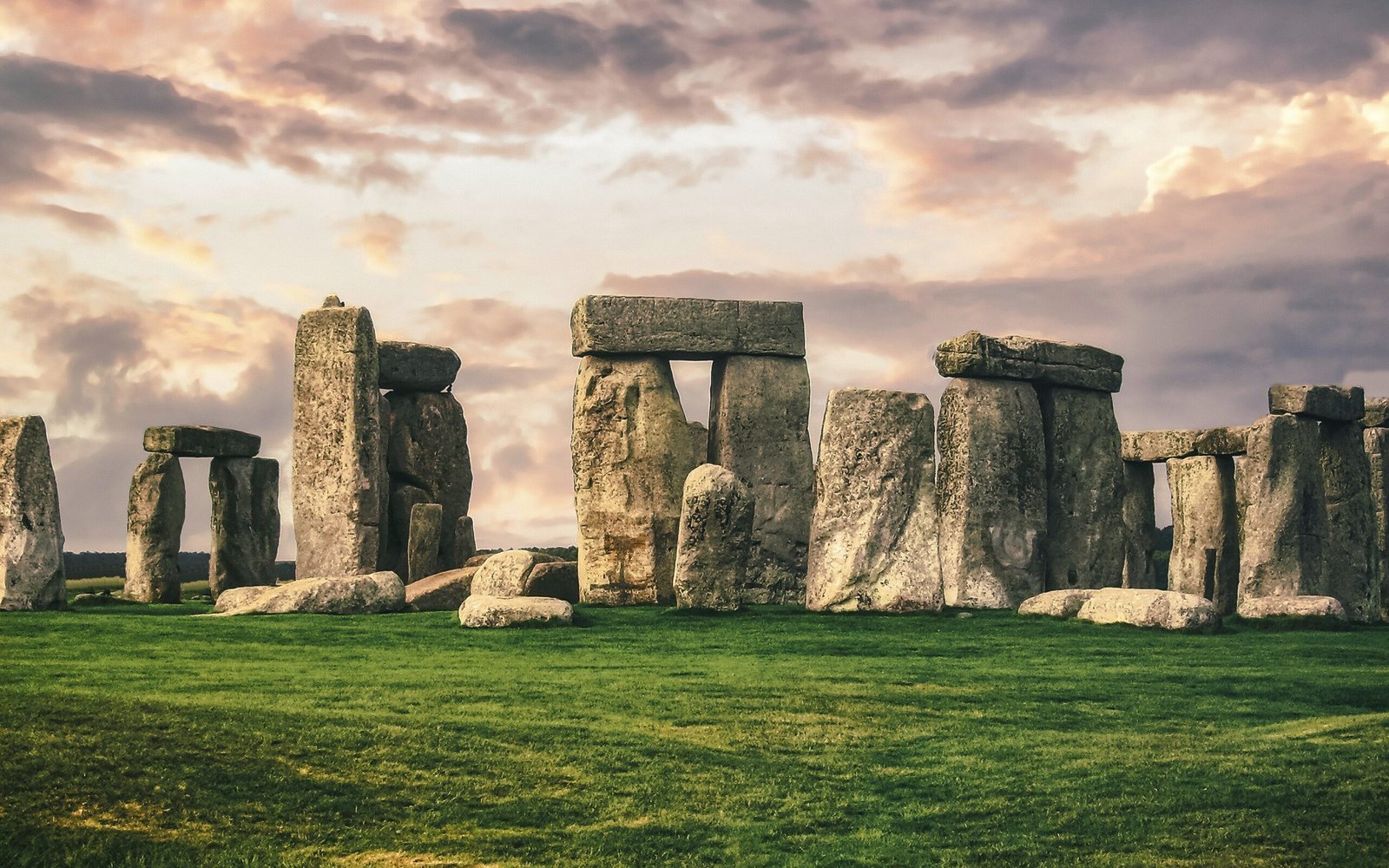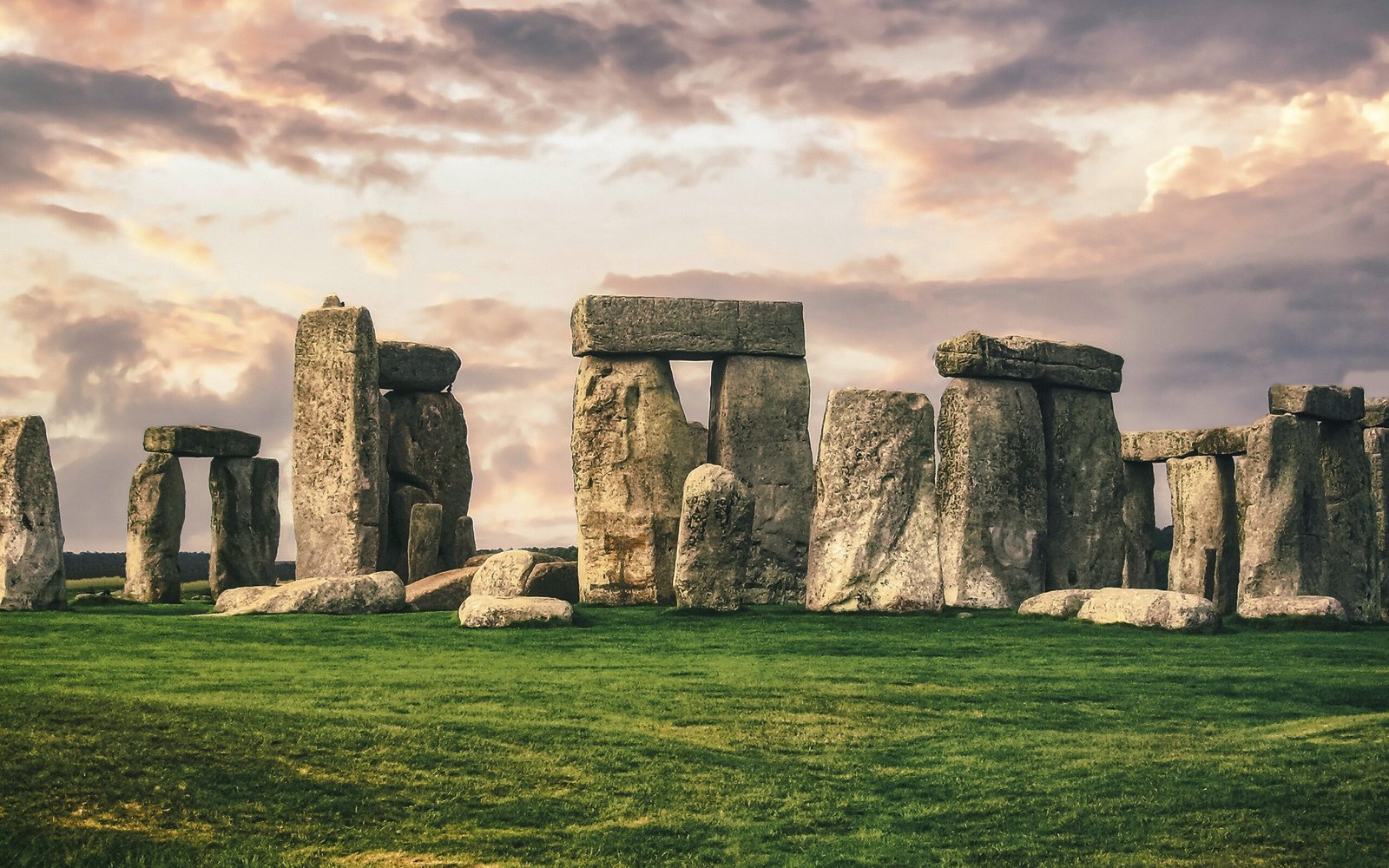
Introduction to Persepolis
Persepolis, an awe-inspiring archaeological site nestled in the heart of Iran, serves as a testament to the grandeur of the Achaemenid Empire, one of the most significant ancient civilizations. Situated approximately 60 kilometers northeast of the modern city of Shiraz, this ancient city holds a strategic geographical position that connects it to various regions of the ancient world. Established by Darius I in the 6th century BCE, Persepolis quickly became the ceremonial capital of the Achaemenid rulers, reflecting their power and influence across vast territories that extended from the Indus Valley to the Mediterranean coast.
The historical importance of Persepolis is immeasurable, as it represents not just a city but a symbol of the Achaemenid cultural and artistic achievements. The site was a melting pot of languages, traditions, and cultures from diverse regions, showcasing the empire’s commitment to an inclusive society. Renowned for its stunning architecture, including iconic structures such as the Apadana Palace and the Hall of 100 Columns, Persepolis is celebrated for its intricate reliefs and inscriptions that highlight rituals and scenes of royal life. These artistic elements not only served religious and ceremonial purposes but also acted as historical records for future generations.
Recognized by UNESCO as a World Heritage Site in 1979, Persepolis continues to captivate historians, archaeologists, and visitors alike. The ongoing exploration of this monumental site unveils various mysteries surrounding its construction and the cultural practices of its inhabitants. The grandeur of Persepolis not only emphasizes the architectural ingenuity of its creators but also invites a deeper understanding of ancient Persian society, governance, and traditions. As we delve into the inherent wonders of Persepolis, we will explore its remarkable structures and the rich narratives that define this extraordinary symbol of the Achaemenid Empire.
The Historical Context of Persepolis
Persepolis, an ancient city founded by Darius I in 518 BC, serves as a monumental testament to the Achaemenid Empire’s grandeur. Its creation was not merely an architectural endeavor but also a strategic move that underscored the socio-political backdrop of its time. Darius I sought to establish a ceremonial capital that would symbolize Persian authority, engaging in a remarkable project that epitomized the empire’s wealth and artistic ingenuity.
Located on a massive terrace overlooking the plain of Marvdasht in present-day Iran, Persepolis was designed to project power, uniting a diverse array of cultures within the vast territories of the Achaemenid realm. This empire, at its zenith, extended from the Indus Valley in the east to the Aegean Sea in the west. The city’s ceremonial function was exceptionally significant, as it hosted grand occasions, particularly the Nowruz (the Persian New Year), and other royal ceremonies that celebrated the empire’s might.
During this era, the Achaemenid Empire flourished through a system of centralized governance which emphasized the administration and integration of various cultures and peoples. The architectural design of Persepolis reflected this multiculturalism, with influences from various conquered territories visible in its reliefs and structures. These designs not only showcased the empire’s artistic achievements but also illustrated their capacity for cultural assimilation, reinforcing the idea of a unified empire connected by shared rituals and imperial identity.
As a ceremonial capital, Persepolis stood as a statement of the Achaemenid Empire’s power, reinforcing the political authority of the king while serving as a vital symbol of the empire’s grandeur. With its intricate palatial complexes and majestic staircases, Persepolis remains a pivotal site for understanding the context in which it was built and its role in the broader narrative of ancient Persian civilization.
Architectural Marvels of Persepolis
Persepolis, the ceremonial capital of the Achaemenid Empire, exhibits an array of architectural marvels that reflect both the grandeur and the sophistication of ancient Persian civilization. Established in 518 BCE under Darius I, this monumental site features an impressive layout, characterized by expansive palaces, monumental staircases, and exquisite stone carvings, all of which offer a glimpse into the empire’s cultural richness and diversity.
The palatial complexes of Persepolis are among its most significant architectural features. The Throne Hall, or Apadana, is notable for its vast dimensions and towering columns, which reach heights of over 20 meters. This hall was primarily used for receiving dignitaries and ceremonial events, and its massive columns are adorned with intricate animal reliefs symbolizing strength and power, showcasing the artisanship of the period. Beyond the Apadana, the Gate of All Nations is a monumental entrance that reflects the empire’s vastness and its connections with various nations, welcoming ambassadors and dignitaries from across the known world.
The monumental staircases at Persepolis, such as those leading to the Apadana, are adorned with detailed relief sculptures depicting scenes of tribute from various nations, emphasizing the cultural diversity of the empire. These scenes are crafted using advanced techniques that highlight the skill of Achaemenid artists, showcasing intricate patterns and stylized forms. The use of columns, especially the distinctive Persian column with its bell-shaped capitals, further exemplifies the architectural ingenuity of the time. These columns, often flanked by colossal statues of mythological creatures like griffins, contribute to the dramatic visual impact of the site.
In essence, the architectural features of Persepolis are not merely aesthetic; they serve as a testament to the vibrant cultural amalgamation of the Achaemenid Empire, with influences reflecting the numerous ethnic groups within its bounds. The artistry and engineering prowess involved in constructing such grand structures laid the groundwork for the architectural developments of future civilizations, marking Persepolis as a pivotal site in the history of architecture.
The Influence of Culture and Art
Persepolis, the ceremonial capital of the Achaemenid Empire, is an architectural marvel that embodies the cultural and artistic achievements of ancient Persia. Established in the 6th century BCE by Darius the Great, Persepolis served not only as a political center but also as a symbol of the empire’s wealth and cultural diversity. The artworks and architectural designs found within its grand palaces and ceremonial complexes reveal the sophisticated artistic trends of the period.
The monumental reliefs adorning the staircases, walls, and gateways of Persepolis depict scenes of tribute and reverence from various nations, showcasing the Achaemenid Empire’s vastness and connectivity. Each relief illustrates delegations from different regions, adorned in their authentic attire, presenting offerings to the Persian king. This representation serves a dual purpose: it celebrates Persian authority while simultaneously acknowledging and respecting the unique cultures and traditions of the conquered peoples. Such artistic choices reflect the empire’s values of inclusivity and respect for diverse cultures, which were essential for maintaining harmony within the expansive territory.
Additionally, the symbolism behind various motifs—including the depiction of animals such as lions and eagles, and the presence of floral designs—echoes the beliefs held by the Achaemenid rulers. The lion symbolizes strength and power, while floral patterns represent fertility and beauty, aspects that were deeply embedded in Persian culture. These artistic elements were not merely decorative; they conveyed a message of prosperity, reflecting the empire’s aspirations and the divine nature of kingship. Overall, the cultural and artistic endeavors embodied in Persepolis not only reveal the aesthetic sensibilities of the time but also provide insight into the values, beliefs, and identity of the Achaemenid Empire. The legacy of Persepolis continues to inspire admiration as an extraordinary testament to ancient artistry and cultural achievement.
Significant Events in Persepolis’ History
Persepolis, an emblematic symbol of the Achaemenid Empire, witnessed numerous significant events that not only shaped its history but also contributed to its status as one of the most remarkable ancient sites in the world. Established by Darius I in 518 BCE, the city functioned as the ceremonial capital of the Persian Empire, playing a pivotal role during important Persian festivities such as Nowruz, the Persian New Year. This grand celebration attracted dignitaries from across the vast empire, showcasing the wealth, power, and cultural diversity of Persia.
The construction of impressive palaces, monumental staircases, and grand reliefs created a visual narrative reflecting the glory and sophistication of Achaemenid architecture and art. These exquisite structures were integral during various ceremonies, including the Paykan or the royal gatherings held to honor the king, reinforcing the significance of Persepolis as a cultural and political hub of the ancient world.
However, the city’s splendid history took a decisive turn in 330 BCE when Alexander the Great invaded Persia. After a series of strategic battles, he captured Persepolis, marking a pivotal moment in the city’s narrative. Following the conquest, Alexander reportedly ordered the burning of Persepolis, partly as an act of vengeance for the Persian invasions of Greece. This destruction significantly altered the architectural landscape and cultural significance of the site. The once vibrant city entered a period of decline, with its remnants left as silent witnesses to the empire’s faded grandeur.
In the centuries that followed, Persepolis became a site of archaeological interest, drawing the attention of historians and scholars. The site holds essential clues to understanding the cultural and political dynamics of the ancient Persian Empire, continuing to inspire wonder and curiosity about its storied past.
Myths and Legends Surrounding Persepolis
Persepolis, the ceremonial capital of the Achaemenid Empire, stands as a testament to ancient architectural grandeur and cultural significance. However, alongside its historical importance, a rich tapestry of myths and legends has woven itself into the narrative of this magnificent site. These stories, spanning centuries, not only add depth to our understanding of Persepolis but also shape contemporary perceptions and preservation efforts regarding this iconic location.
One prevalent legend surrounding Persepolis pertains to its construction. According to ancient tales, the city’s grandiose structures were built by an army of supernatural beings who descended from the heavens. This myth imbues the site with an air of mystique and suggests that the artisans who created these monumental edifices were favored by divine forces. Such narratives elevate the architectural achievements of Persepolis, making them not merely the result of human endeavor but also a reflection of celestial inspiration.
Another fascinating aspect of Persepolis’s mythology is linked to its intended purpose. Some legends describe it as a mystical place where the gods convened, and thus, it was designed to facilitate communication between the mortal realm and the divine. This perception influences the modern appreciation of location as not only a historical site but also a spiritual hub. The idea that Persepolis served as a bridge between the earthly and the heavenly continues to resonate with visitors today.
These ancient stories and the modern interpretations they inspire play a crucial role in preserving the site’s integrity and capturing the imagination of tourists and scholars alike. The myths surrounding Persepolis not only enhance its allure but also draw attention to the importance of safeguarding its legacy for future generations. Through the retelling of these tales, we ensure that the spirit of Persepolis endures, reminding us of the extraordinary narratives embedded within its walls.
Modern Archaeological Studies
The archaeological study of Persepolis has evolved significantly in recent decades, employing modern methodologies to uncover the vast historical narratives embedded within its ruins. This ancient city, famously established by Darius I in the 5th century BCE, has been the subject of extensive research, yielding invaluable insights into the Achaemenid Empire and its monumental architecture. Recent excavations and studies have leveraged advanced technologies such as ground-penetrating radar and 3D modeling, enhancing our understanding of the layout and structural composition of this UNESCO World Heritage site.
Among the notable findings are inscriptions and reliefs that depict the ceremonial life of the Achaemenid kings, offering a glimpse into the political and social dynamics of the era. Significant archaeological efforts have also focused on the reconstruction of the site’s historical timeline, utilizing stratigraphic analysis to determine the sequence of construction and its functional significance over centuries. Furthermore, international collaborations among archaeologists, historians, and conservationists have become increasingly common, promoting a multidisciplinary approach that integrates history, art, and science.
However, modern archaeological studies at Persepolis are not without challenges. The site faces various threats, both from the natural environment and human activities. Natural erosion, exacerbated by climatic conditions, poses a significant risk to the integrity of the ruins, while urban encroachment and tourism-related damage contribute further to the deterioration of this cultural treasure. Conservation efforts are ongoing to mitigate these impacts, focusing on a balance between preserving the site’s historical significance and accommodating modern visitors.
Ultimately, the dedication to studying and protecting Persepolis reveals a commitment to understanding not only its ancient past but also the challenges of heritage management in a rapidly changing world. As archaeological methodologies continue to innovate, the potential to uncover further secrets of this remarkable site remains promising.
Persepolis Today: Tourism and Cultural Heritage
Persepolis, an iconic symbol of the Achaemenid Empire, stands today as a remarkable UNESCO World Heritage Site. Designated in 1979, its recognition has significantly impacted global tourism and cultural heritage preservation. Each year, millions of tourists flock to this ancient site, drawn by its profound historical significance and remarkable architectural remnants. The enduring allure of Persepolis is a testament to humanity’s fascination with ancient civilizations and their legacies.
The influx of visitors not only highlights the site’s importance but also serves as a vital catalyst for the local economy. As tourism flourishes, hospitality services such as hotels, restaurants, and local artisans benefit, creating opportunities for jobs and sustainable economic development. The vibrant local culture has a chance to thrive as tour operators and visitors engage with artisans, farmers, and indigenous communities, ensuring that the heritage of the region is actively celebrated and preserved.
Efforts to conserve Persepolis and promote awareness about its historical value are foundational for maintaining its status as a premier tourist destination. Organizations, both governmental and non-governmental, are involved in extensive restoration and conservation initiatives aimed at protecting the site from environmental and human-induced threats. Educational programs have been developed to inform visitors about the significance of Persepolis, encouraging respectful engagement and understanding of its rich historical context.
Moreover, the integration of technology in tourism experiences has allowed for innovative approaches to exploring Persepolis. Virtual reality tours, augmented reality applications, and interactive exhibits provide deeper insights into the ancient structures and their functions. This not only enhances visitor experiences but serves as a platform for raising awareness about the importance of cultural sites preservation globally.
Through these combined efforts, Persepolis remains a living testament to the ingenuity of the past while fostering a sense of shared responsibility for its future. The interplay of tourism, conservation, and cultural heritage at this ancient site offers valuable lessons as we strive to preserve our world’s irreplaceable treasures.
Conclusion: The Enduring Legacy of Persepolis
Persepolis, the ceremonial capital of the Achaemenid Empire, stands as a monumental testament to ancient architecture and culture. Its ruins, meticulously constructed between the 6th and 4th centuries BCE, showcase the artistic and architectural genius of the time. The layout of the city, with its grand palaces, impressive staircases, and monumental gates, reflects a highly developed society that valued artistry, power, and communication. As one of the most significant archaeological sites in Iran and a UNESCO World Heritage Site, Persepolis allows us to glimpse into the rich tapestry of ancient Persian civilization.
The cultural importance of Persepolis extends beyond its physical remnants. It symbolizes the grandeur of the Achaemenid Empire, which was a melting pot of various cultures and peoples. The reliefs and inscriptions found within the site not only provide insight into the empire’s governance and societal structure but also celebrate the diverse populations under its rule. These artistic representations continue to inspire scholars, historians, and visitors alike, highlighting the universal themes of power, culture, and artistry that resonate across time and geography.
In today’s context, the significance of Persepolis persists, embodying the historical narrative of resilience and cultural achievement. As contemporary societies face challenges relating to identity and cultural heritage, the lessons learned from the past, as exemplified by Persepolis, remain relevant. The site encourages modern audiences to appreciate diversity and the intricate connections shared across civilizations. The enduring legacy of Persepolis is not confined to history; it serves as a conduit for ongoing dialogue about cultural preservation and the importance of learning from our shared past. Its magnificence continues to captivate imaginations, ensuring that future generations are inspired to explore and value the wonders of ancient history.

